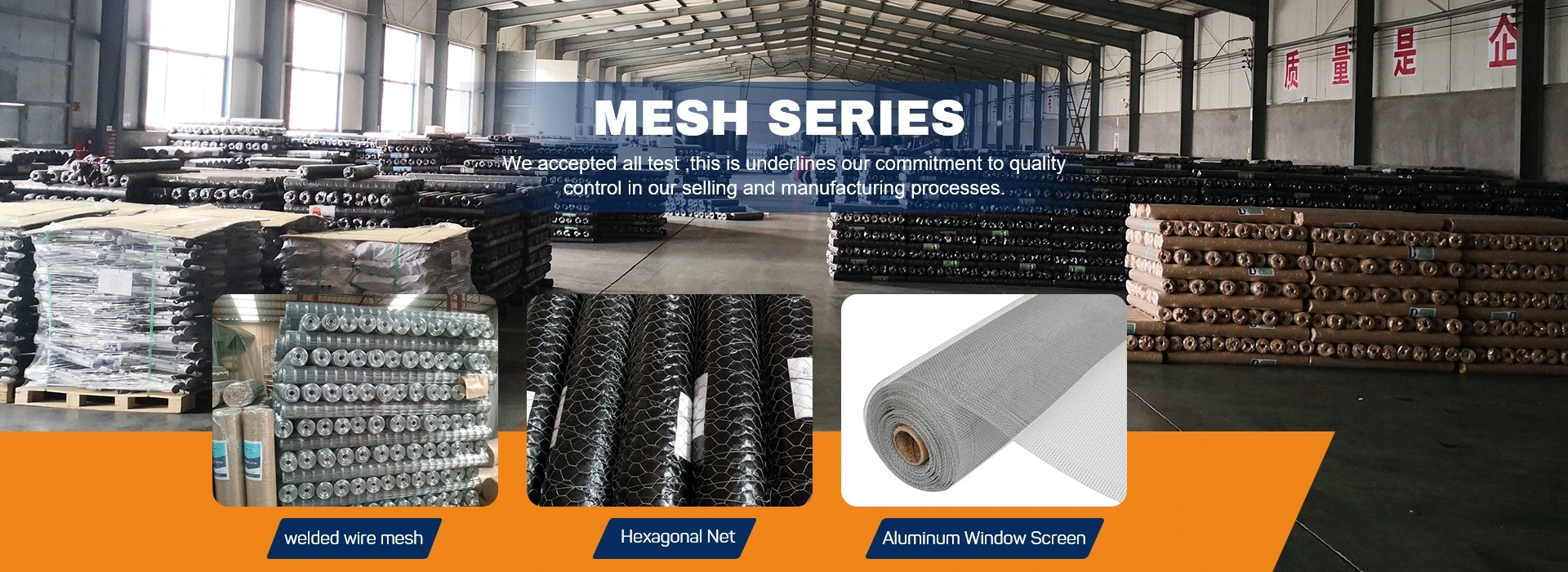The Evolution and Importance of Galvanized Chain
In the world of industrial applications, galvanized chains play a pivotal role in various sectors, from construction to agricultural operations. The process of galvanization involves applying a protective zinc coating to steel or iron to prevent rusting. This method not only enhances the durability of the chain but significantly extends its lifespan, making it a preferred choice in environments exposed to moisture and corrosive elements.
The Process of Galvanization
Galvanization can be achieved through several methods, the most common being hot-dip galvanization. This process involves immersing the steel chain in molten zinc, where it reacts and forms a metallurgical bond. This method ensures a thick, resilient layer of zinc that adheres tightly to the base metal, providing robust protection against oxidation. Additionally, there’s also electro-galvanization, whereby a thin layer of zinc is applied using electrolysis. Though typically thinner than hot-dip galvanization, electro-galvanized chains are smoother and have an appealing finish, making them suitable for applications where appearance is crucial.
Applications of Galvanized Chains
Galvanized chains find extensive use in various fields due to their strength and corrosion resistance. In construction sites, they are utilized for lifting and securing heavy materials. Their ability to withstand harsh weather conditions makes them ideal for outdoor use. The agricultural industry also benefits greatly from galvanized chains, which are often used in machinery such as tractors and conveyors. In addition to agriculture and construction, these chains are essential in marine applications, where exposure to saltwater can lead to rapid deterioration of standard steel.
Additionally, the transportation sector employs galvanized chains in the form of tie-downs, securing cargo during transit. Their reliability and strength ensure that loads are held firmly in place, reducing the risk of accidents or damage. Other uses include various rigging and hoisting applications, where safety and durability are paramount.
The Advantages of Using Galvanized Chains
galvanized chain

The advantages of using galvanized chains cannot be understated. The most significant benefit is their exceptional resistance to corrosion. This quality translates to reduced maintenance costs and longer intervals between replacements, providing economic benefits to businesses that rely on heavy-duty equipment. Furthermore, galvanized chains are less likely to weaken over time, ensuring consistent performance under stress.
Another advantage is their adaptability to different environments. Whether in a humid coastal area, a dry desert, or varied temperatures, galvanized chains maintain their integrity. This versatility is vital for industries that operate in diverse geographies and climates.
Care and Maintenance
While galvanized chains are designed to be low-maintenance, proper care can enhance their longevity. Regular inspections for wear and tear are essential, particularly in high-stress applications. Clean any debris or grime that may accumulate, as this can lead to localized corrosion. It’s also advisable to lubricate the chains periodically to ensure smooth operation, especially in applications involving movement and friction.
Environmental Considerations
With increasing awareness of environmental impacts, the process of galvanization has evolved as well. Modern galvanization processes often incorporate recycled materials, reducing the environmental footprint. Moreover, the extended lifespan of galvanized products means they contribute less to landfill waste over time.
Conclusion
In conclusion, galvanized chains are an indispensable part of modern industry, providing unmatched durability and resistance to corrosion. As economies grow and industries expand, the demand for reliable materials will only increase. Galvanized chains will continue to find their place at the forefront of construction, agriculture, and transportation, adapting to new challenges while maintaining their core advantages. Through advancements in technology and a focus on sustainability, the future of galvanized chains looks promising. Their role in enhancing productivity and ensuring safety across various applications underscores their significance in today’s industrial landscape.

















